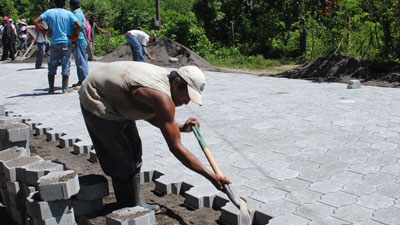Decades of political instability and a series of catastrophic natural disasters led Nicaragua to a difficult macroeconomic situation, including public debt amounting to 350 percent of gross domestic product (GDP) in 1991. Half of all Nicaraguans were living in poverty and one-fifth in extreme poverty by 1993. In the mid-1990s, significant gains were made in stabilizing the economy, improving basic infrastructure and raising private investment. Then in 1998, the devastating effects of Hurricane Mitch set the country back again.
Despite these challenges, Nicaragua has made strong progress in restoring and sustaining macroeconomic stability. Real GDP growth has averaged 3.7 percent since 1998, and real per capita growth, 2.3 percent. Inflation fell from 3-digit levels in 1991 to less than 8 percent in 2012. Alongside these improvements, private investment grew from 18 to 25 percent of GDP between 1998 and 2012.
IDA is focused on scaling-up the country’s more successful innovations for reaching the rural poor. IDA’s investment and knowledge portfolio cuts across many sectors and is anchored on long-term engagement for lasting results in terms of poverty reduction and shared prosperity.


